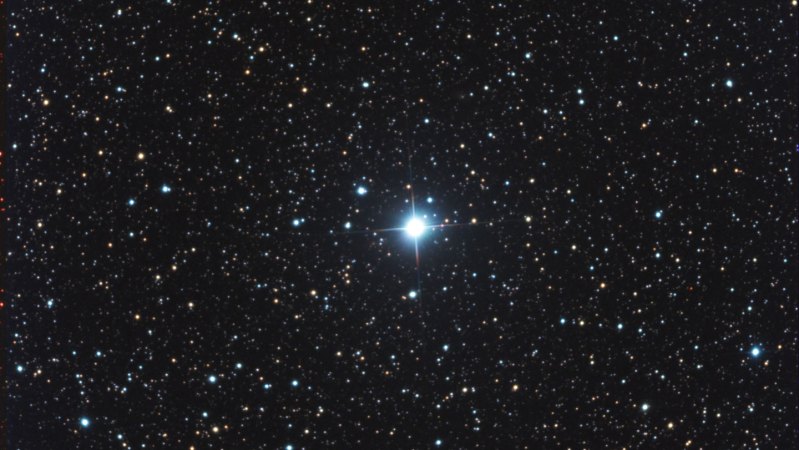
In an extraordinary celestial event, two exploding stars, V462 Lupi and V572 Velorum, are currently visible in the southern sky. These cosmic phenomena, known as novae, are best observed from the Southern Hemisphere, although one has intriguingly been spotted from the United States.
Stargazers and astronomers alike are captivated by this rare opportunity to witness such a spectacle. The stars, located in the constellations of Lupus and Vela, respectively, are undergoing dramatic transformations that result in a sudden and intense increase in brightness.
The Science Behind the Spectacle
Novae occur when a white dwarf star, part of a binary system, accretes material from its companion star. This accumulation of matter eventually triggers a thermonuclear explosion on the white dwarf’s surface, causing the star to shine brightly for a short period. V462 Lupi and V572 Velorum are currently in this explosive phase, offering a fleeting glimpse into the dynamic processes of stellar evolution.
According to Dr. Maria Santos, an astrophysicist at the South African Astronomical Observatory, “Observing novae provides invaluable insights into the life cycles of stars and the complex interactions within binary systems. These events are not only visually stunning but also scientifically significant.”
Historical Context and Comparisons
The occurrence of novae is not unprecedented, yet the simultaneous visibility of two such events is noteworthy. Historically, novae have been documented and studied for centuries, with some of the earliest records dating back to ancient China. The famous Tycho’s Nova of 1572 and Kepler’s Nova of 1604 are examples that have significantly contributed to our understanding of stellar phenomena.
In comparison, V462 Lupi and V572 Velorum are relatively less intense but offer a modern opportunity to apply advanced observational technology. Telescopes equipped with spectrometers and high-resolution cameras are being used to capture detailed data, enhancing our comprehension of these explosive events.
Observational Opportunities and Challenges
For those located in the Southern Hemisphere, the best time to observe these novae is during the early evening hours when the constellations of Lupus and Vela are high in the sky. The stars are visible to the naked eye under dark-sky conditions, though binoculars or small telescopes can enhance the viewing experience.
Meanwhile, observers in the Northern Hemisphere face challenges due to the stars’ low position on the horizon. However, the unexpected sighting of V462 Lupi from the United States suggests that with the right conditions, northern stargazers may still catch a glimpse.
“The visibility of these novae from different parts of the world underscores the interconnectedness of our skies,” noted Dr. John Keller, a professor of astronomy. “It reminds us of the shared wonder and curiosity that drive our exploration of the universe.”
Implications and Future Observations
The observation of V462 Lupi and V572 Velorum is expected to continue for several weeks, providing ample time for both professional astronomers and amateur stargazers to document and study these events. The data collected will contribute to ongoing research into the mechanisms of stellar explosions and the evolution of binary star systems.
Looking ahead, astronomers are hopeful that these observations will lead to new discoveries about the frequency and distribution of novae in our galaxy. As technology advances, the ability to detect and analyze such phenomena will only improve, offering deeper insights into the universe’s most spectacular events.
As the world turns its gaze skyward, the simultaneous eruption of V462 Lupi and V572 Velorum serves as a powerful reminder of the dynamic and ever-changing nature of the cosmos. This rare celestial event not only captivates the imagination but also enriches our understanding of the universe’s intricate tapestry.






